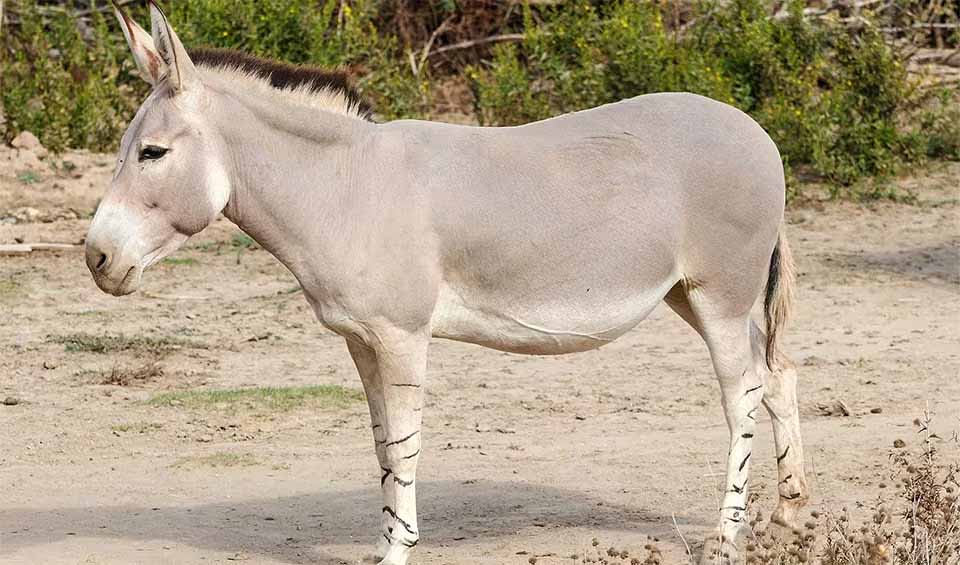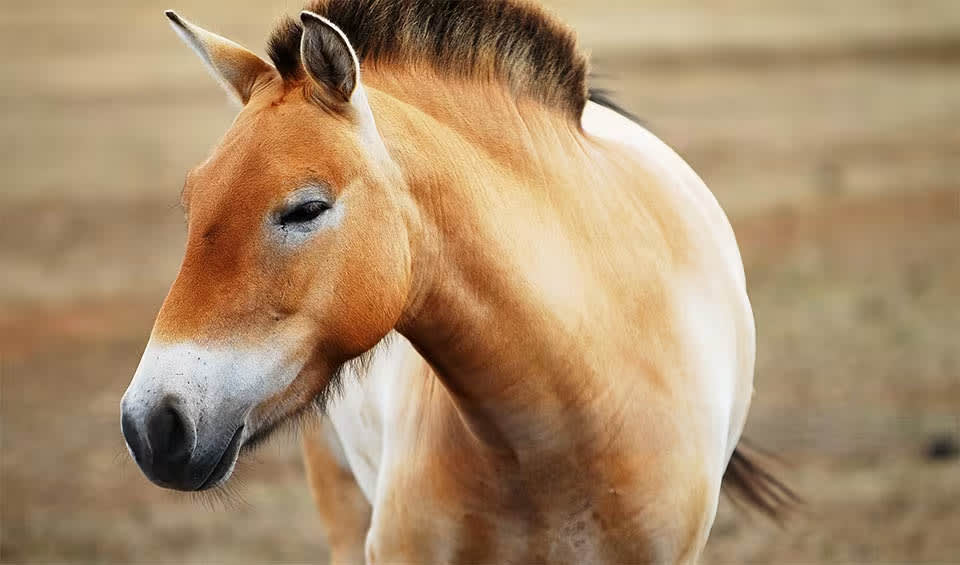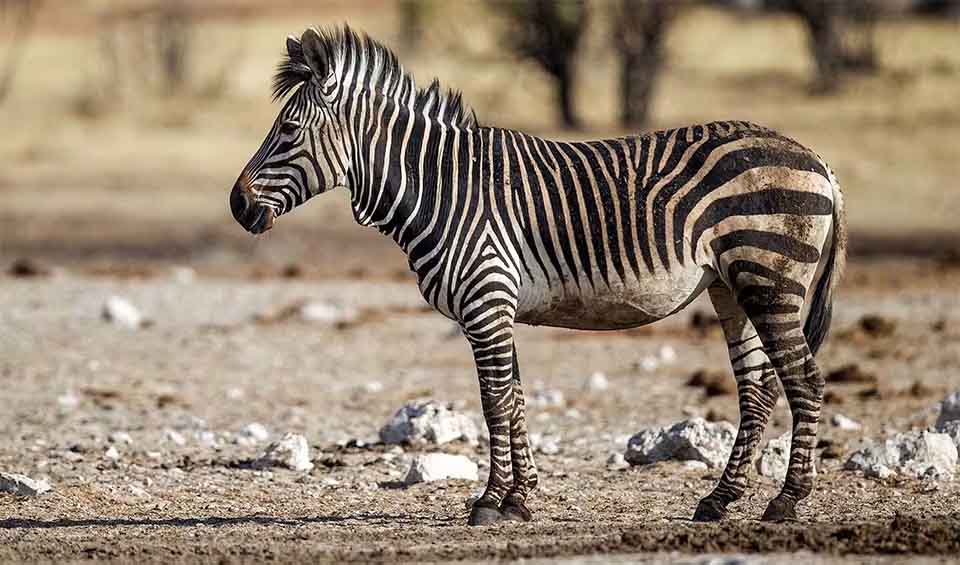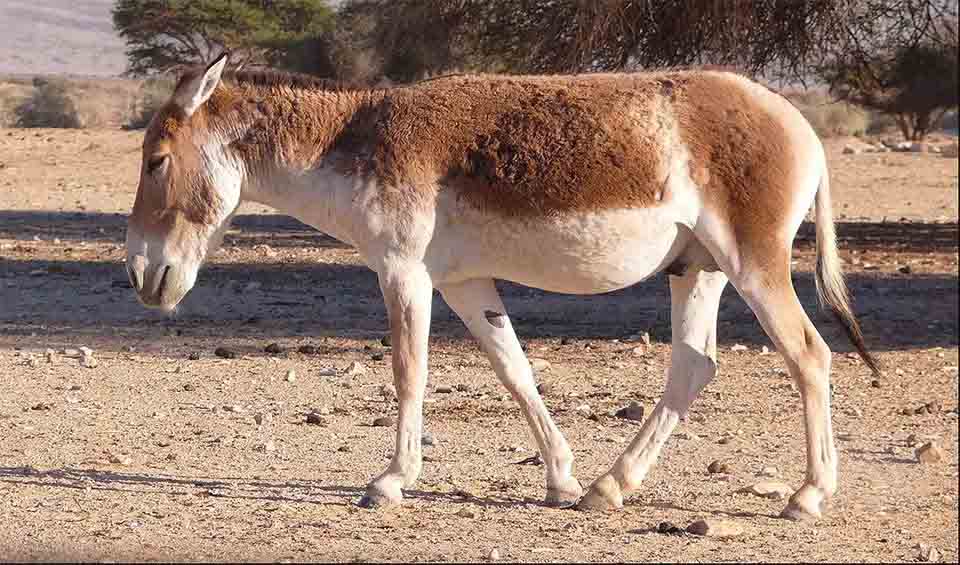Equus – Horses
Horses, zebras, and donkeys –they carry, they kick, and they protect!
Today, the sole surviving genus within this family, Equus, includes horses, zebras, and donkeys, each exhibiting unique traits suited to their diverse habitats across the globe. Originally hailing from North America, the ancestors of modern equids embarked on a migratory odyssey that led them to colonize Africa, Asia, and other continents.
Equids are primarily found in deserts, grasslands, and steppes, where they have evolved to become highly efficient grazers. Their diets predominantly consist of fibrous, tough grasses, which their digestive systems are specially adapted to process. In times of scarcity, they can also consume leaves and fruits, demonstrating their versatility in foraging and survival in challenging conditions. This dietary flexibility has played a crucial role in the widespread distribution and ecological success of equids.
One of the most fascinating aspects of equine evolution is the transformation of their limbs. The ancestors of modern horses had multiple toes on each foot—a trait suited to their origins in forested environments where a broader foot provided stability on soft ground. Over millions of years, as their habitats shifted to open landscapes like grasslands, the anatomy of equids evolved toward a single dominant toe, or hoof, on each foot. This adaptation allowed for greater running efficiency, enabling horses to escape predators and cover large distances in search of food and water. The first known equid, Hyracotherium (also known as Eohippus), was a small, forest-dwelling creature that bore little resemblance to the majestic animals we recognize today.
Despite the relative abundance of modern equids and their classification as species of least concern from a conservation perspective, they have not been immune to the impacts of human activity. Habitat loss, competition with livestock for resources, and direct exploitation have threatened certain populations, particularly wild ones. The story of the horse’s domestication is intertwined with human history, having shaped transportation, agriculture, and warfare.
Species in this genus
African wild ass
Able to survive water lose up to 30% of the body weight, and capable of restoring it within 2-5 minutes when drinking water
Grévy’s zebra
The largest wild species of the horses family and the most threatened zebra species
Przewalskis horse
The species that survived extinction in the wild!
Wild horse
One of the prehistoric horses, it is the true forefather of today’s horses
Mountain zebra
The zebra with dewlap climing over steep, rugged terrains, as high as 2 km (1.2 miles)
Onager
Two out of six subspecies were hunted to extinction: the European & Syrian wild ass
Plains zebra
These zebras with the underbelly stripes are the longest migrators in Africa
Kiang
With long legs built for speed, and a coat that shines like the golden rays of the Himalayan sun
Horse
Have a strong fight-or-flight response, will usually flee when threatened but will defend themselves when fleeing is impossible, or the young are threatened










